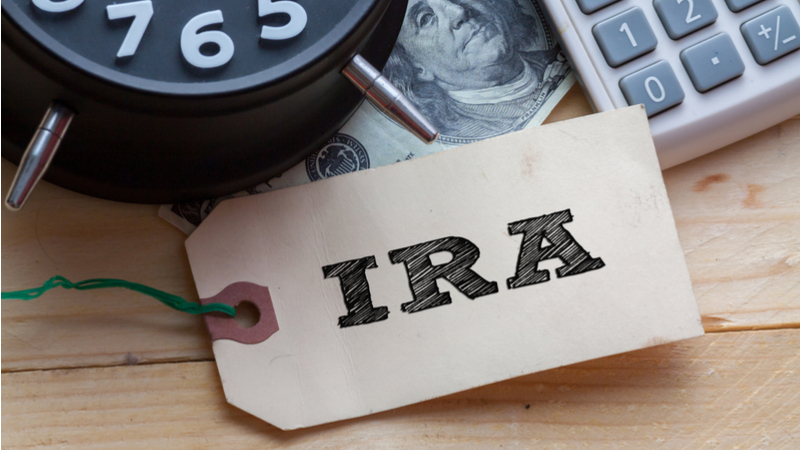
Can I make charitable contributions from my IRA?
 Yes, if you qualify. The law authorizing qualified charitable distributions, or QCDs, has recently been made permanent by the Protecting Americans from Tax Hikes (PATH) Act of 2015.
Yes, if you qualify. The law authorizing qualified charitable distributions, or QCDs, has recently been made permanent by the Protecting Americans from Tax Hikes (PATH) Act of 2015.
You simply instruct your IRA trustee to make a distribution directly from your IRA (other than a SEP or SIMPLE) to a qualified charity. You must be 70½ or older, and the distribution must be one that would otherwise be taxable to you. You can exclude up to $100,000 of QCDs from your gross income. And if you file a joint return, your spouse (if 70½ or older) can exclude an additional $100,000 of QCDs. But you can't also deduct these QCDs as a charitable contribution on your federal income tax return - that would be double dipping.
QCDs count toward satisfying any required minimum distributions (RMDs) that you would otherwise have to take from your IRA, just as if you had received an actual distribution from the plan. However, distributions (including RMDs) that you actually receive from your IRA and subsequently transfer to a charity cannot qualify as QCDs.
For example, assume that your RMD is $25,000. In June, you make a $15,000 QCD to Qualified Charity A. You exclude the $15,000 QCD from your gross income. Your $15,000 QCD satisfies $15,000 of your $25,000 RMD. You'll need to withdraw another $10,000 (or make an additional QCD) by December 31, to avoid a penalty.
You could instead take a distribution from your IRA and then donate the proceeds to a charity yourself, but this would be a bit more cumbersome and possibly more expensive. You'd include the distribution in gross income and then take a corresponding income tax deduction for the charitable contribution. But the additional tax from the distribution may be more than the charitable deduction due to IRS limits. QCDs avoid all this by providing an exclusion from income for the amount paid directly from your IRA to the charity - you don't report the IRA distribution in your gross income, and you don't take a deduction for the QCD. The exclusion from gross income for QCDs also provides a tax-effective way for taxpayers who don't itemize deductions to make charitable contributions.
Can I name a charity as a beneficiary of my IRA?
Yes, you can name a charity as beneficiary of your IRA, but be sure to understand the advantages and disadvantages.
Generally, a spouse, child, or other individual you designate as beneficiary of a traditional IRA must pay federal income tax on any distribution received from the IRA after your death. By contrast, if you name a charity as beneficiary, the charity will not have to pay any income tax on distributions from the IRA after your death (provided that the charity qualifies as a tax-exempt charitable organization under federal law), a significant tax advantage.
After your death, distributions of your assets to a charity generally qualify for an estate tax charitable deduction. In other words, if a charity is your sole IRA beneficiary, the full value of your IRA will be deducted from your taxable estate for purposes of determining the federal estate tax (if any) that may be due. This can also be a significant advantage if you expect the value of your taxable estate to be at or above the federal estate tax exclusion amount.
Of course, there are also non-tax implications. If you name a charity as sole beneficiary of your IRA, your family members and other loved ones will obviously not receive any benefit from those IRA assets when you die. If you would like to leave some of your assets to your loved ones and some assets to charity, consider leaving your taxable retirement funds to charity and other assets to your loved ones. This may offer the most tax-efficient solution, because the charity will not have to pay any tax on the retirement funds.
If retirement funds are a major portion of your assets, another option to consider is a charitable remainder trust (CRT). A CRT can be structured to receive the funds free of income tax at your death, and then pay a (taxable) lifetime income to individuals of your choice. When those individuals die, the remaining trust assets pass to the charity. Finally, another option is to name the charity and one or more individuals as co-beneficiaries. (Note: There are fees and expenses associated with the creation of trusts.)
The legal and tax issues discussed here can be quite complex. Be sure to consult an estate planning attorney for further guidance.

